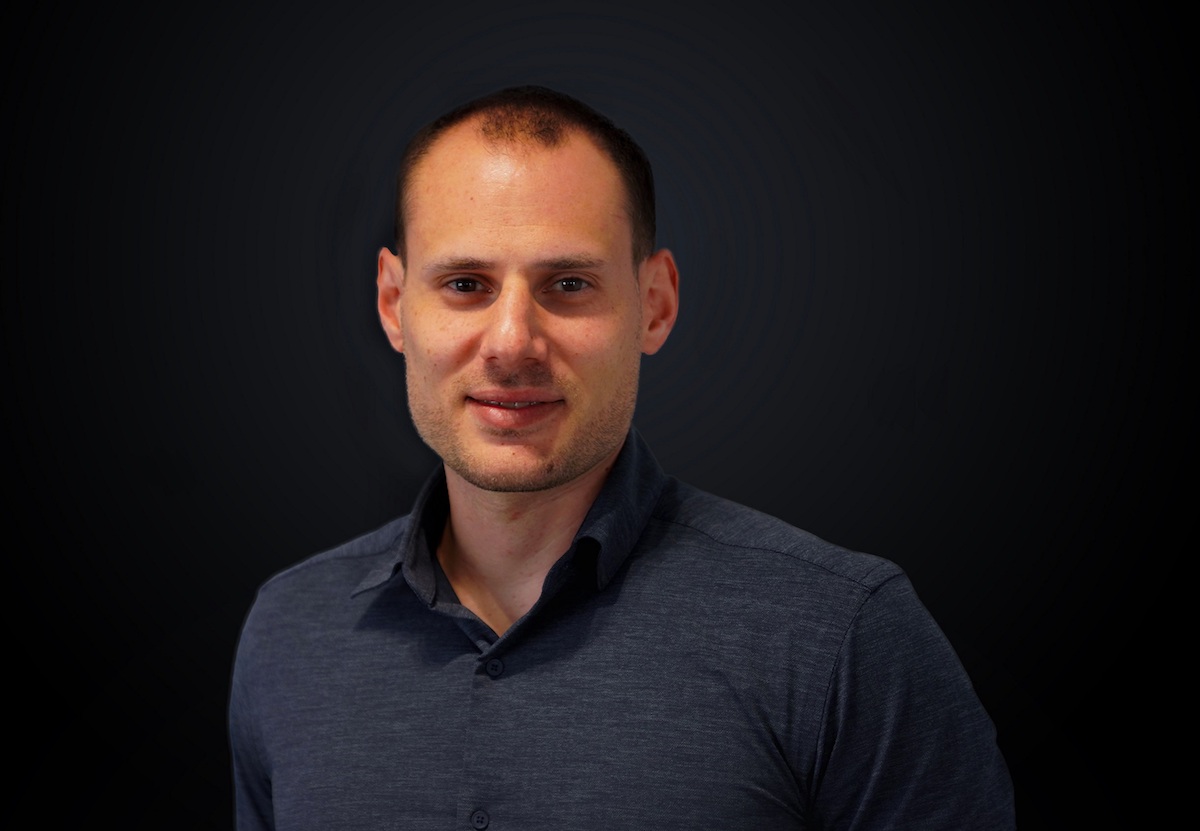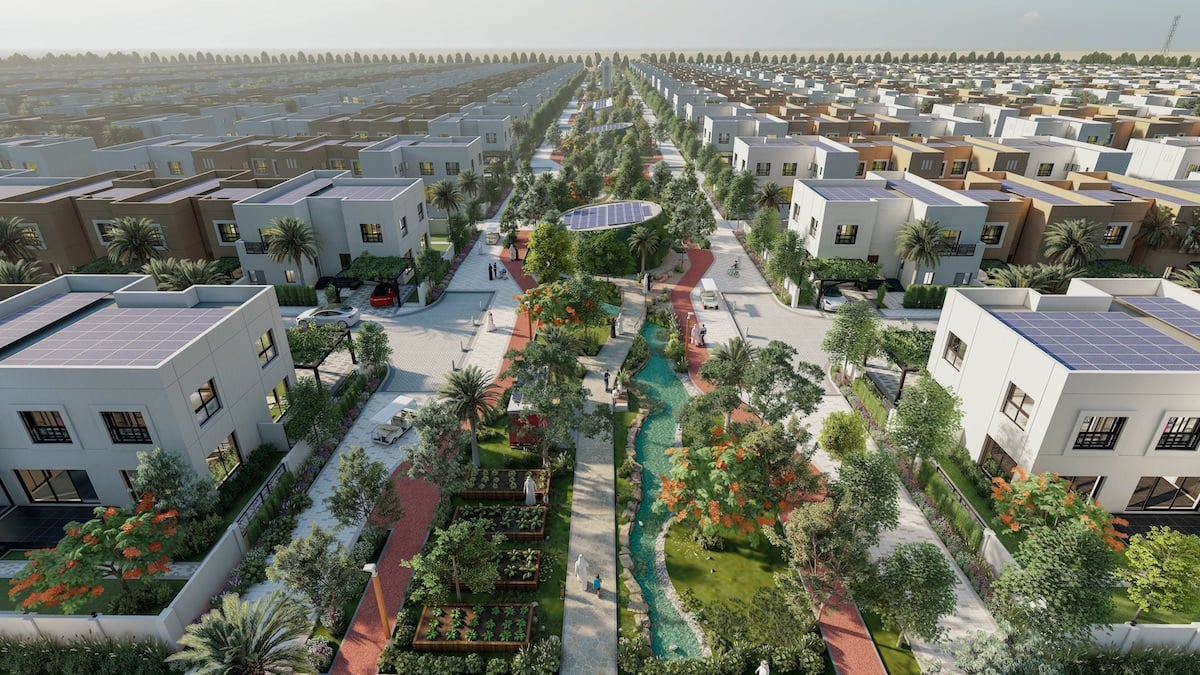
What exactly is a sustainable city? Why is it sustainable? How is it made? What are its benefits? Who would want to live there? All of these are questions that must be answered clearly and consistently in a communications strategy for a sustainable project.
Although real estate represents a significant portion of the UAE’s economy, sustainable developments are still a niche concept in the Emirates, making up only a tiny fraction of the sector as a whole. Sharjah Sustainable City was only the third such project announced in the UAE, after Masdar City in Abu Dhabi, and the Sustainable City – Dubai. It was also the first project of its kind to be launched within the emirate of Sharjah.
The building techniques, technologies and best practices associated with sustainable real estate development are relatively new to the industry, and some are still being developed and perfected. As a result, there is some hesitancy amongst investors surrounding sustainable developments, although most of the concerns are unjustified. For example, “They are more expensive to purchase and maintain”, “They are complicated to manage”, or “There are no tangible benefits” – these are all misconceptions that need to be addressed.
Sustainable homes are no more expensive to build than conventional ones, as long as sustainability is factored into the design from the outset, rather than added as an afterthought. In addition, any initial costs are quickly offset by savings on water and energy for homeowners.
Unfortunately, residential property investors and homebuyers may be misinformed about many of the concepts surrounding a sustainable development, such as energy management and storage, smart home technology, intelligent design and others. When it comes to their finances, people tend to be risk-averse and will favour investments that feel familiar.

For all these reasons, properly managing the marketing and communications for a sustainable development is an essential factor in the success of these projects. They also present unique challenges that more conventional developments do not face.
For example, with the Sustainable City – Dubai, the themes of the project resonated well with Western European expatriates who were already well-versed in the benefits of sustainable real estate. Solar PVC panels are already a common sight on the rooftops of homes in the EU, where energy prices are generally higher. On the other hand, the understanding of sustainable developments in Sharjah is still in its early stages, so from the outset, we made it part of our mission to educate and inform our stakeholders throughout the process.
Clear, consistent and straightforward messaging is essential to communicating the benefits of a fully sustainable development as opposed to a conventional project. Complex concepts in technology and construction need to be expressed in a simple way that all can understand, and their benefits to the homeowner highlighted. Such projects are scarce and therefore cascading the knowledge and learnings publicly and transparently is paramount to building better communities. There is no secret recipe and we have been consistent from day one in sharing our learnings, innovations and setbacks with the broader community.
It’s also important to communicate how sustainable projects support the vision and objectives of the UAE government’s green agenda, as well as UN SDGs, by implementing sustainable best practices and contributing toward a circular economy through renewable energy and the recycling of waste and water.
The key is not to convince homebuyers to buy the properties. It is to convince them to buy into the entire concept of sustainable developments for the short and long-term benefits they offer.
In the short term, they must understand the immediate economic advantages that sustainable residences can provide. Over the long term, it’s important for all our stakeholders, from investors to homebuyers and the general public, to understand that the positive social and environmental impacts of projects like these are essential to the wellbeing of their future generations.
Ultimately, it is about living a better today for a happier tomorrow.









